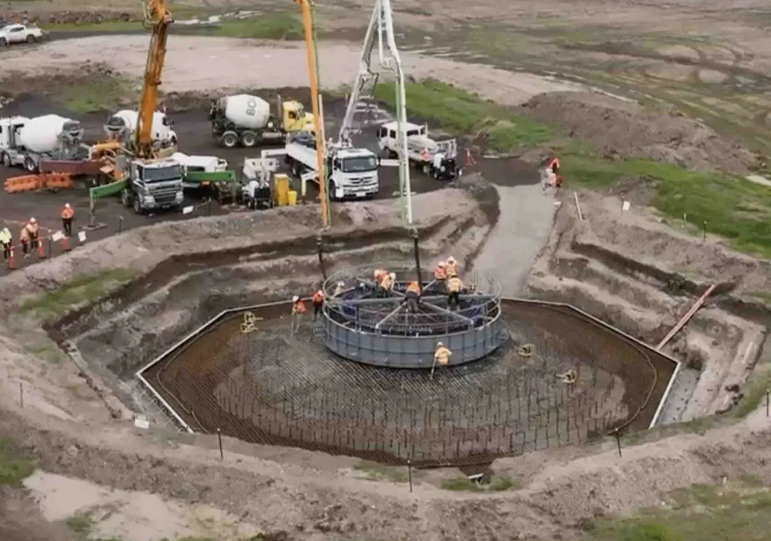
The Clean Energy Finance Corporation has spent a record $1.2 billion in the last financial year, but its focus in coming years will be on upgrading the grid – powered by federal government funding that will triple its size.
The latest investment report reveals that the CEFC committed a total of $1.9 billion in the last financial year to transactions with a total value of $11.7 billion, taking its total since it was created under a deal between Gillard’s Labor government and greens to $12.7 billion, and total transaction value of $48.8 billion.
The biggest component was in wind, solar and storage, with $1.2 billion allocated to 14 large cale projects worth a total of $5.7 billion.
CO Ian Learmonth says the investment was critical for Australia to reach its ambitious renewable energy target of 82 per cent by 2030, particularly as it faces headwinds on costs and supply chain pressures over the last few years.
“With Australia’s renewables sector responding to complex global economic and supply chain pressures, we have confirmed our important role in using our capital to fill market gaps in the face of a difficult market for investors and developers,” he said in a statement.
The capital costs of wind, solar and storage jumped significantly in the last two years due to the supply constraints caused by a mixture of Covid-19 restrictions, Russia’s invasion of Ukraine, labour shortages, and soaring fossil fuel prices.
That has now started to moderate, with some solar players reporting that solar costs have now fallen to pre-Covid levels, wind costs have plateaued, and battery storage costs are also on their way down as the price of key minerals like lithium has also fallen.
One of the most successful investments has been in the massive Golden Plains wind project in Victoria, to which the CEFC committed $175 million – its biggest ever in a wind project – and which drew in an additional $1.8 billion of private sector capital.
Learmonth told RenewEconomy that the CEFC will continue to support wind, solar and storage projects – along with other sectors such as agriculture, transport, industry and the built environment.
But he said the main focus was on the transmission projects, and boosting the grid through the Rewiring the Nation funding, which at $19 billion will effectively triple its size.
He says the CEFC has been conducting early work on Rewiring the Nation program and it plans to announce its first Rewiring the Nation investment transactions soon.
Those transaction are likely to focus on one more more of transmission projects such as Marinus Link, and renewable energy zones.
Many of these projects have been criticised – some because of disputes about their value to the grid over other options, and others for social licence, an issue eagerly whipped up by renewable energy contrarians but also reflecting genuine community concerns.
“We are taking this very seriously,” Learmonth told RenewEconomy.
“The government has announced a further review of social licence issues by (infrastructure commissioner) Andrew Dyer. And all the big transmission companies are very conscious that they need to engage with communities early and in the right way.
“We have experience in a lot in community engagement (through wind and solar projects). “This is a generational change with transmission. There is a lot of work going in to making sure that these projects have social licence.”
The CEFC has also received funding boosts of $1 billion to help householders reshape their energy use, and $500 million to back the ongoing growth and development of projects and companies in the climate tech sector.